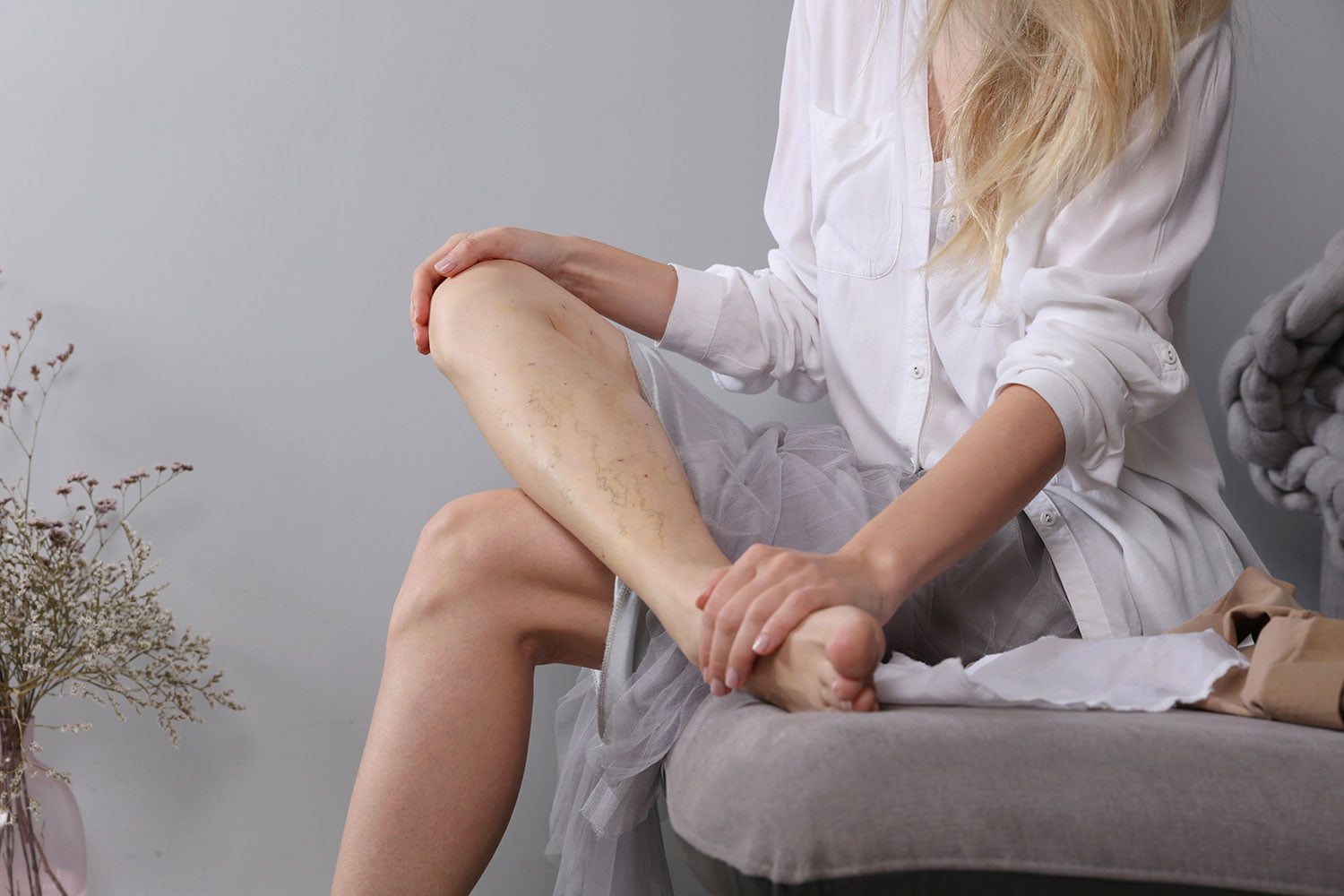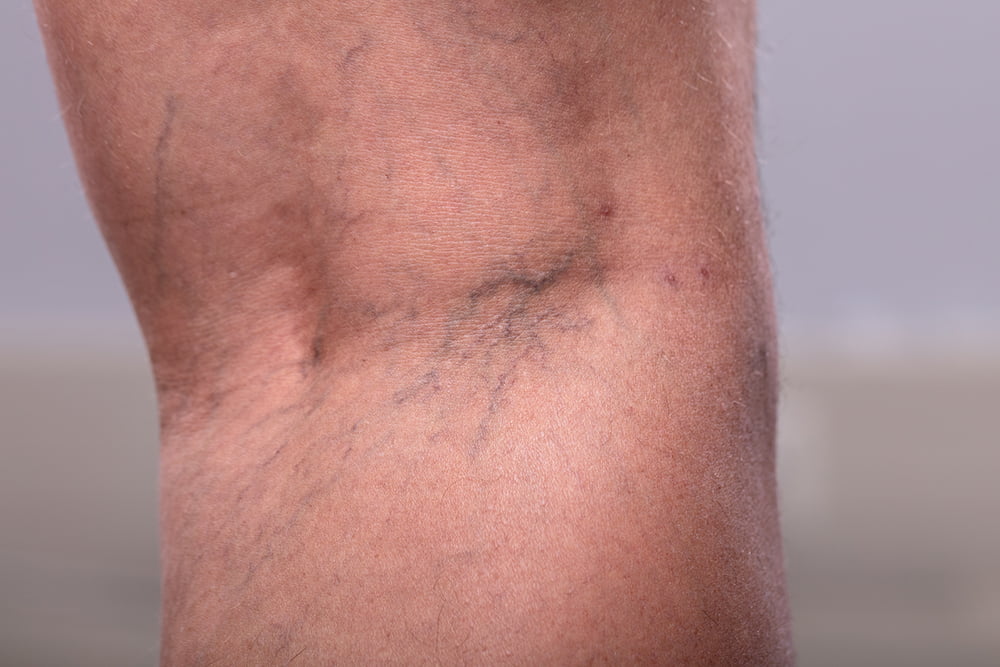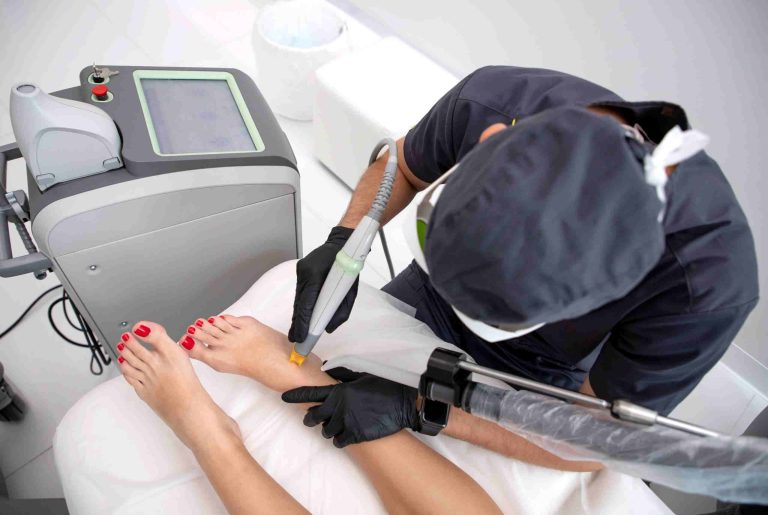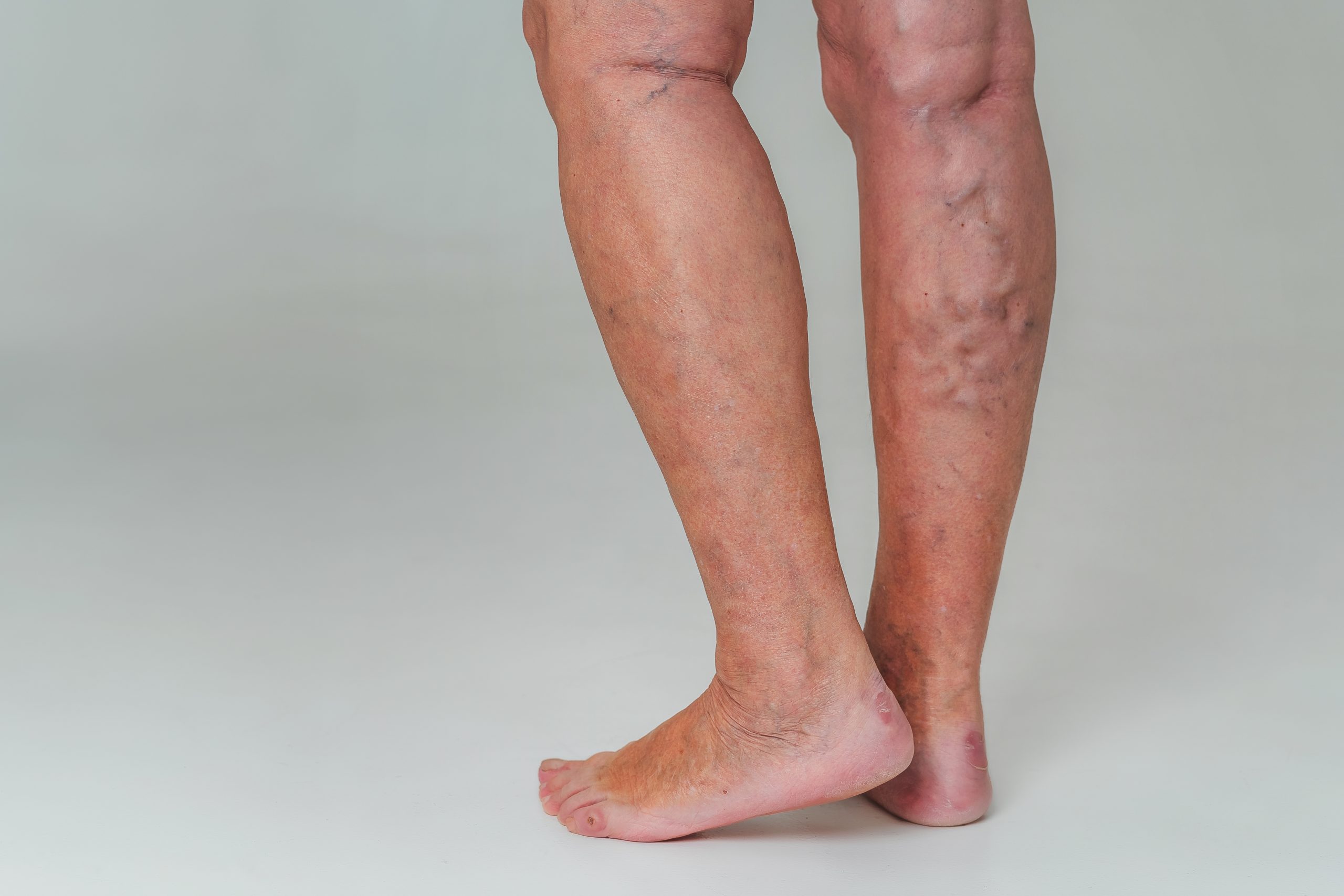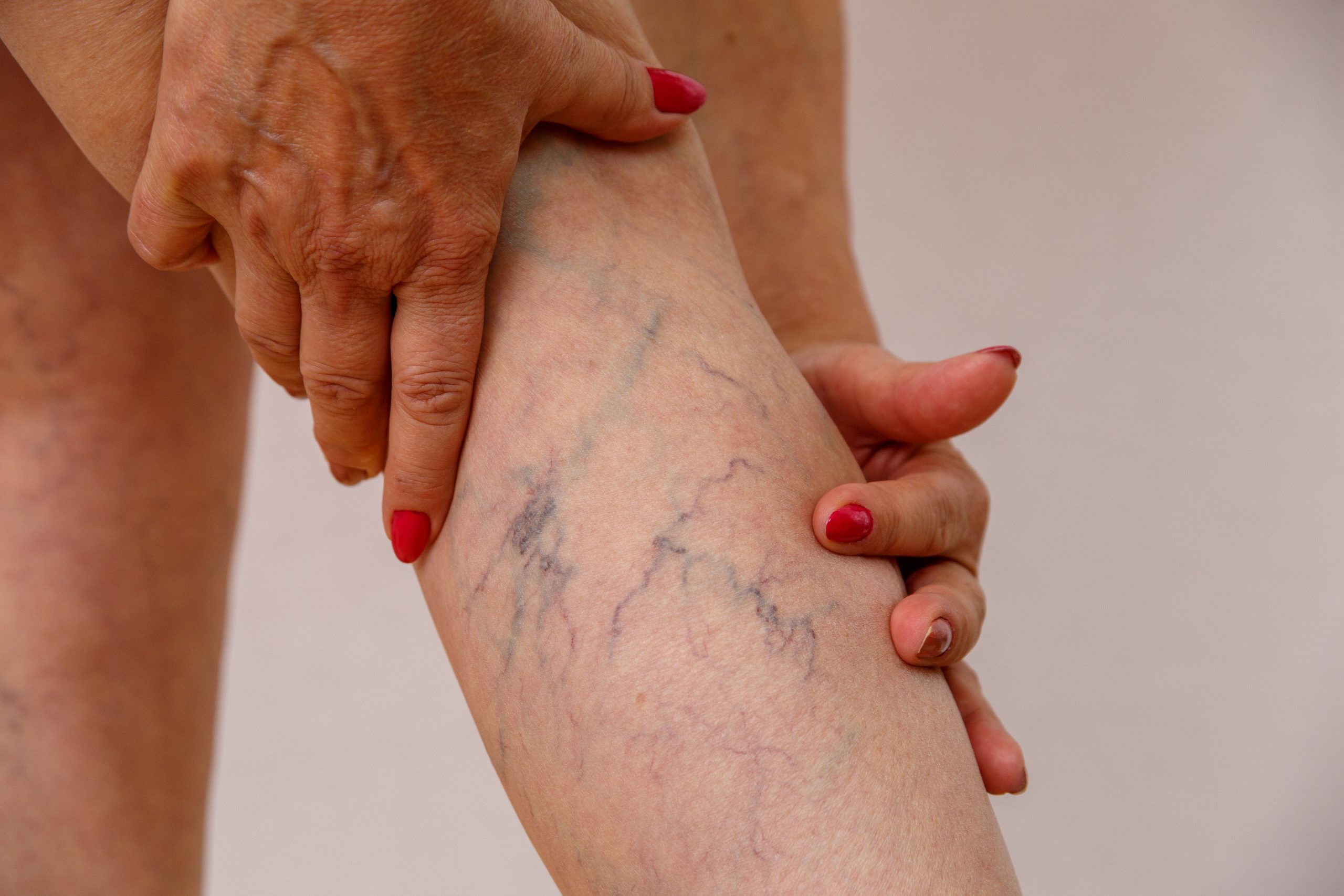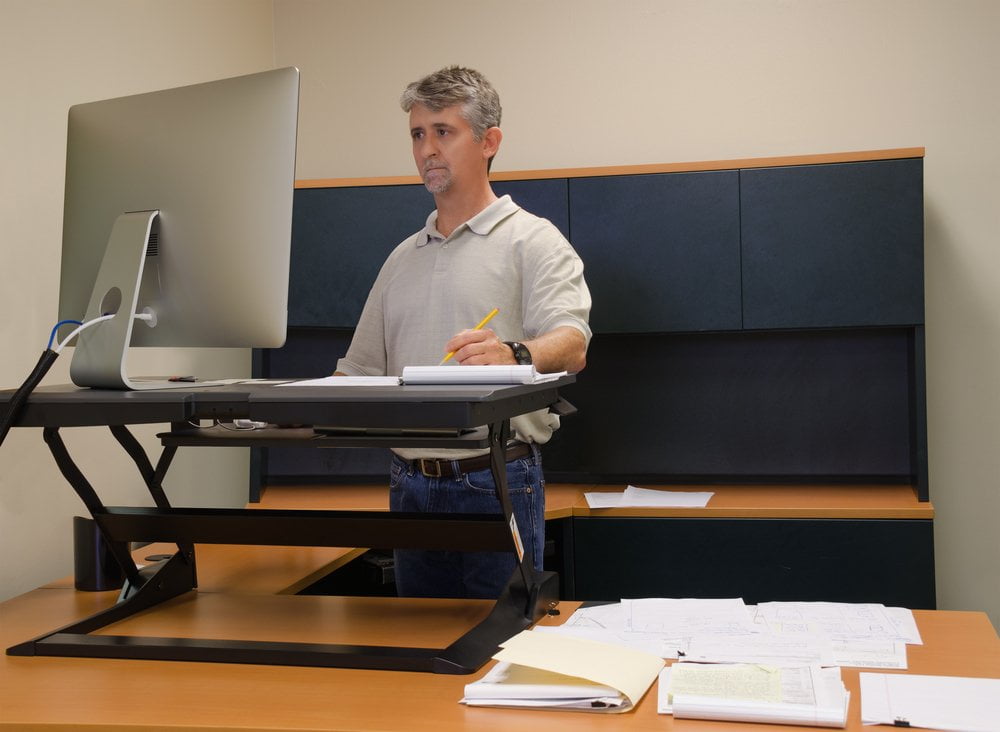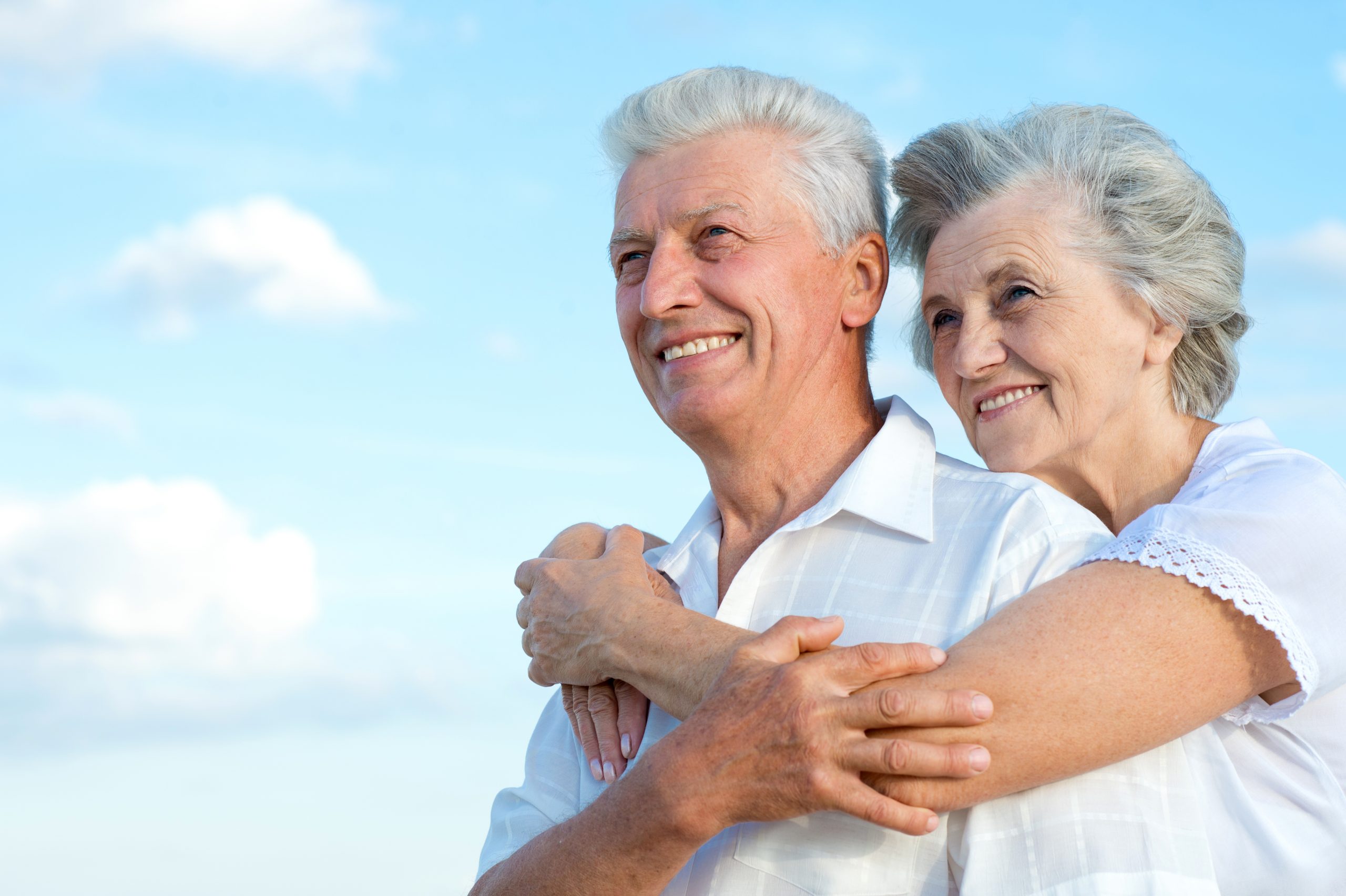Spider Veins are a type of vein condition that is very often related to women. Many women will forego treatment because they assume if it’s not a problem, it doesn’t matter how it looks. So in their minds, the best “treatment” is to not look at them or cover them. However, this isn’t a matter that only affects women or something that is merely an aesthetic concern. When not treated, they can become a more significant issue, putting your health and comfort at risk.
So, you might wonder, how do I know when to get rid of spider veins? Is every vein I can see a spider vein? Is there a cure for spider veins?
Let us inform you a little more about them!
What are spider veins, and how to recognize them?
Spider veins are a mild form of varicose veins that appear as thin red or blue lines, typically on the legs, and they occur when the valves within the veins stop working correctly. These thin lines often form a web-like network, hence the name. Spider veins show through the skin, but they do not cause the skin to bulge out as varicose veins do.
The exact cause is unknown. Still, doctors suspect heredity, pregnancy, trauma, aging, hormones, standing up for a prolonged period, and even sun damage are factors that can play a role.
Signs and symptoms of pain may include the following:
- Feeling pain or heaviness in the legs.
- Burning, throbbing, muscle cramping, and swelling in the lower extremities.
- Worsening pain after sitting or standing for a long time.
- Itching around one or more veins.
Spider veins usually carry fewer health risks than varicose veins. In some cases, however, they can lead to more severe problems such as swelling, constant pain, changes in skin color, clotting, and ulcers. Less commonly, spider veins may signify blood pooling in deeper parts of the body.
Is there a natural remedy for spider veins?
Suppose you are unbothered by your spider veins, which are not painful enough to reach a doctor. In that case, you can do some simple activities at home or work to improve blood circulation in your legs and incorporate easy spider vein therapy into your daily routine.
- Get regular physical activity. Leg muscles help the veins return blood to the heart against the force of gravity. Any exercise that works the leg muscles will help prevent the development of new ones.
- Keep your weight in check, as the extra weight makes it more difficult for your veins to return blood to the heart against the force of gravity.
- Don’t sit or stand for long periods. If you have to stand or sit at work or home for long, take a break every 30 minutes to stand up and walk around. Regular movement causes your leg muscles to carry blood back to your heart more than when sitting or standing still.
- Wear compression stockings. Compression stockings help increase blood flow in your legs and can become the best light therapy for spider veins.
- Put your feet up. Elevating your feet while sitting returns blood to your heart effectively.
Don’t forget that the best way to get rid of spider veins is with the help of a professional.
When to see a doctor?
If your spider veins cause pain or discomfort or turn into varicose veins, it is vital to see a doctor. A healthcare professional can help you determine the best treatment for your spider veins and prevent potential health risks.
What can happen if spider veins go untreated?
Most spider veins do not cause significant health problems, but large ones can cause throbbing pain and discomfort, especially after prolonged sitting or standing.
Sometimes they can trigger more severe health problems, such as:
- Skin wounds or ulcers caused by the long-term pooling of blood in the veins; are painful and difficult to heal. The skin over varicose veins can become thinner and bruise easily. Any injury to the vein can cause bleeding.
- Blood clots formed in the veins just below the surface. These blood clots can cause skin redness, a warm, soft, firm vein, pain, and swelling.
- Blood clots in the veins deeper under the skin. Blood clots can cause pain, swelling, warmth, and a “pulling” sensation in the calf.
Although spider veins are mainly a cosmetic concern and may not be an urgent health issue, we encourage you to watch it closely for any signs of evolution into a more severe problem.
At The Vein Company, we specialize in varicose and spider vein treatment. Our team of professionals specializes in helping you achieve the best possible results. If you’re interested in a varicose or spider vein treatment, don’t hesitate to schedule an appointment with us. We’ll gladly help and guide you with everything you need.
